Microhabitat Program Resource Center
An open access resource for new and emerging microhabitat programs
Microhabitat Program
Resource Center
An open access resource for new and emerging microhabitat programs
The Global Bird Collision Mapper: An app and online tool that allows individuals and organizations to document and share data about bird collisions with buildings and other human-made structures. The platform collects information on where and when bird strikes occur, along with details about the affected species. This crowdsourced data helps researchers, conservationists, and urban planners identify high-risk areas and develop strategies to mitigate bird collisions.
Native plant nurseries by region: A resource for finding native plant nurseries endorsed by Wild Ones, searchable by region.
Downloadable Native Garden Designs from Wild Ones: This section of the Wild Ones website offers an expanding collection of free, downloadable native garden designs tailored to different U.S. ecoregions, considering factors like light, soil, and moisture conditions. Each design is accompanied by a plant list, showcasing the beauty and diversity of native plants, with both resources available in a printer-friendly format to inspire and support your native gardening journey. It also includes links to Wild Ones’ (free) webinar series featuring noted ecological garden designers.
Native Seed Training: Lake County Forest Preserves in IL has partnered with The Nature Conservancy to create a free tool for learning about native seed collection, processing and sowing. The resource is easy to navigate with beautiful photographs illustrating the plant-seed cycle of many species. To quote the official announcement, “The training is intended for all levels of experience with native seed activities. It is an excellent resource for those interested in starting a native seed program and can be provided as an initial training for volunteers before joining a native seed activity and/or shared with community partners. It covers basic concepts including types of seed, collection techniques, processing and more. Beyond the basics, it provides specific guidance for a variety of mostly non-woody plant species found natively in the Midwest and Eastern regions of the United States.”
Guidelines for photo-monitoring sites: These resources provide useful guidelines for photo-documenting and monitoring changes to sites over time. Some of these guides are more detailed and intended for larger restoration projects (USDA, Association of Fish & Wildlife Agencies and others) and others more concise (USDA+NRCS), but each specifies a set of useful, general principles that would be useful for documenting changes to microhabitat sites as well.
Big or small, ponds for all: The Royal Horticuture Society has a lot of resources on the native flora and fauna in the UK. Here is a useful handbook for creating small and large ponds in yards from the “Wild About Gardens” program.
Birdcast: This “radar ornithology” tool predicts and monitors bird migration across the United States, in real time. It is powered by the Cornell Lab of Ornithology, Colorado State University and UMass Amherst, together with a range of other partners and individuals. It could be a useful tool for implementing timely management practices to minimize risks and maximize success for bird populations across migratory pathways.
GlobalUsefulNativeTrees: Tree planting can improve livelihoods and support environmental services like biodiversity conservation but must be done wisely to achieve these benefits. The GlobalUsefulNativeTrees (GlobUNT) database was created to support sustainable reforestation by providing a resource of 14,014 tree species across 242 countries, filtered by ten major use categories, to maximize both local livelihood benefits and native tree diversity. More about the database is available in the article “GlobalUsefulNativeTrees, a database documenting 14,014 tree species, supports synergies between biodiversity recovery and local livelihoods in landscape restoration”
FloraQuest: Tools for plant identification are essential to helping increase native plant literacy among microhabitat program participants. Indeed the need for more tools to enable accurate plant identification comes up in our conversations with microhabitat programs. The UNC Chapel Hill Herbarium recently released the first in its series of FloraQuest apps, covering the Northern Tier of 25 Southeastern states. It contains graphic keys and dichotomous keys to enable plant identification (and to foster learning about plant identification), with a large library of diagnostic images. We have not tested this app out yet, but were happy to learn about it from reputable sources and to learn that it combines the scientific approach of a traditional Flora with the convenience and portability of a phone-based app.
Native Plant Finders: The website of Homegrown National Park, founded by Doug Tallamy among others, has compiled this list of resources that microhabitat programs and participants will find invaluable for identifying the right native plants to use for their region. The site has many other useful resources such as native plant lists for region-specific container gardens, and a searchable directory of native plant sources and ecological design/consultation services by locality.
Right Bird Right House Tool: One of the most inspiring aspects of microhabitat programs is the potential for supporting pollinator and bird populations even in the midst of human habitation. This interactive tool, created by the Cornell Lab of Ornithology’s Nest Watch program, could help these efforts be even more effective. The tool enables the determination of what species that would be attracted to specific regions and habitats, and provides detailed instructions for building appropriate nest boxes or nesting structures for those species.

